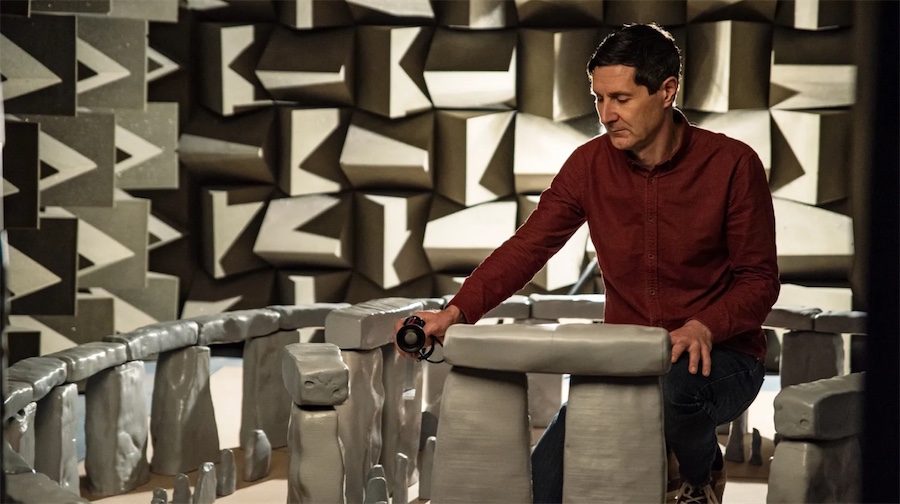New research into the acoustic properties of Stonehenge has revealed that it acted as an echo chamber, amplifying sound from inside the circle while shielding noise from outside.
This discovery has led researchers to speculate that the monument was constructed as a ritual site for an exclusive group. The research involved creating a 1:12 scale replica of Stonehenge, which was tested in a semi-anechoic chamber to simulate its acoustic properties.
 Professor Trevor Cox believes that understanding Stonehenge's acoustical properties could shed light on its mysterious use (Credit: Andrew Brooks)
Professor Trevor Cox believes that understanding Stonehenge's acoustical properties could shed light on its mysterious use (Credit: Andrew Brooks)
The findings suggest that people inside the circle would have been able to hear each other exceptionally well during ceremonies, while those outside would have been excluded.
The research definitely gives more information about how Stonehenge might be used. Even if you turn away, there's always stone reflections to reinforce your voice, so it doesn't really matter if you can't see the person talking. It would be quite good for speech communication. —Trevor Cox, professor and acoustics researcher at the University of Salford in Manchester.
The big picture
The research is a tool for finding clues and building a clearer picture of the site's qualities.

